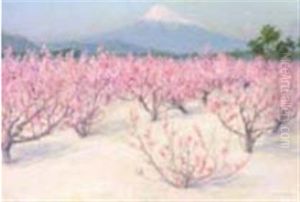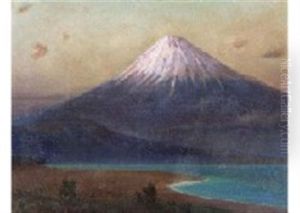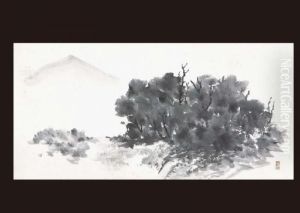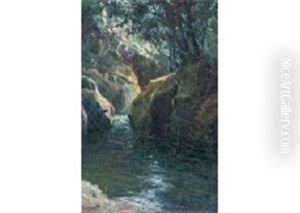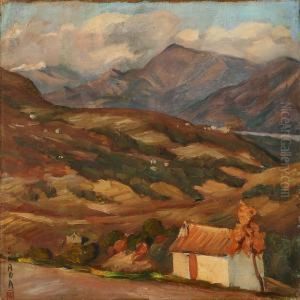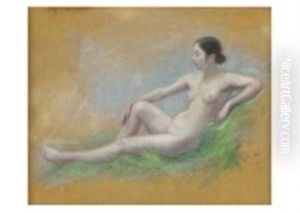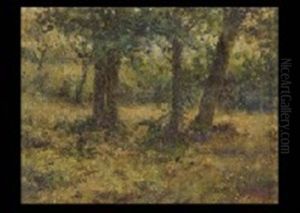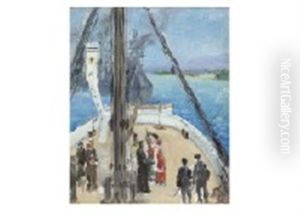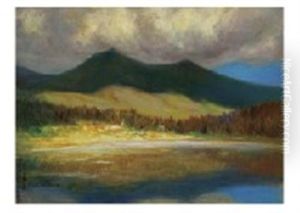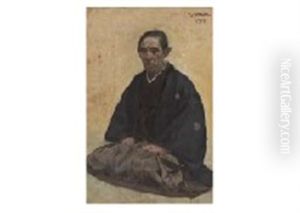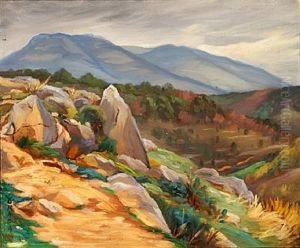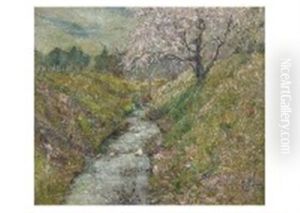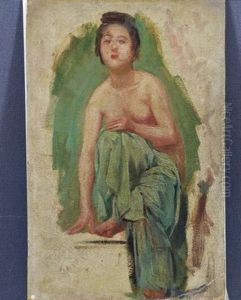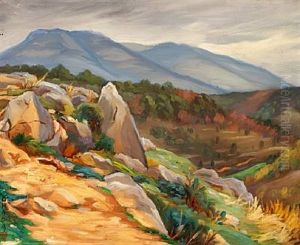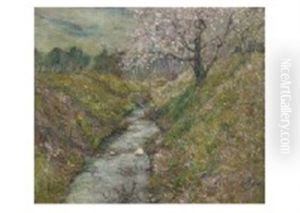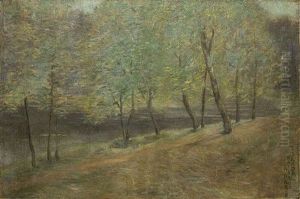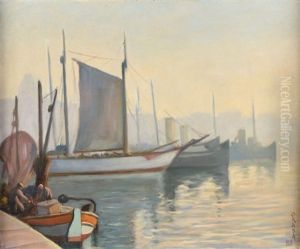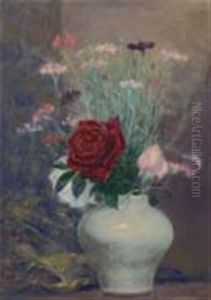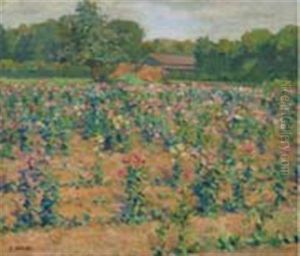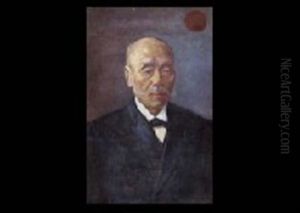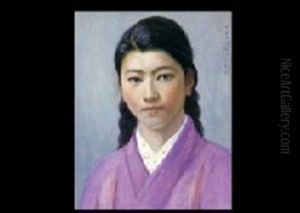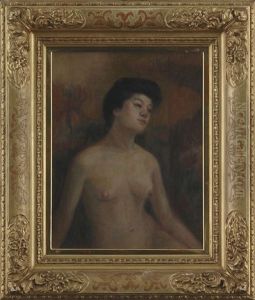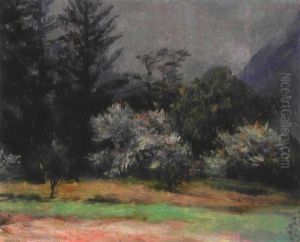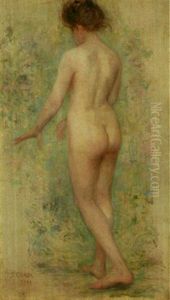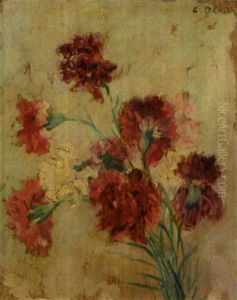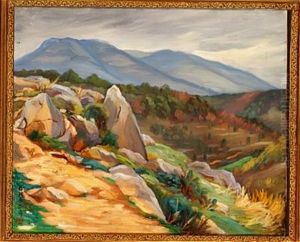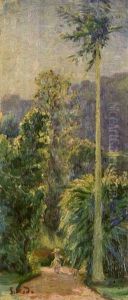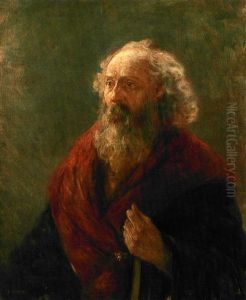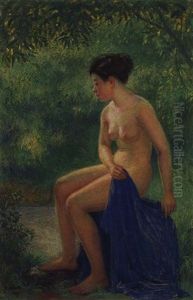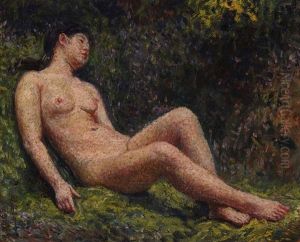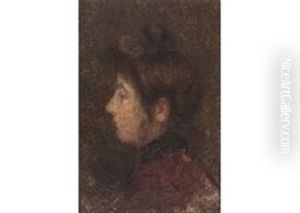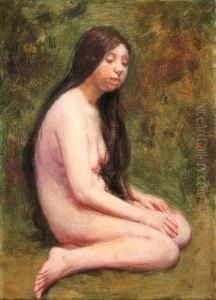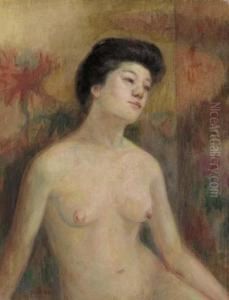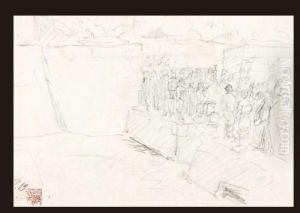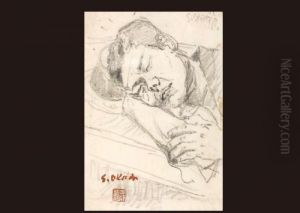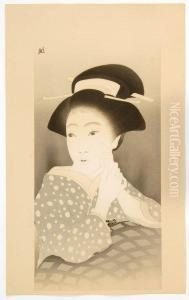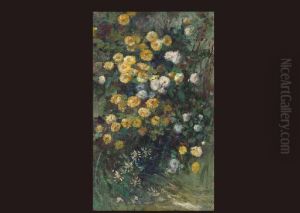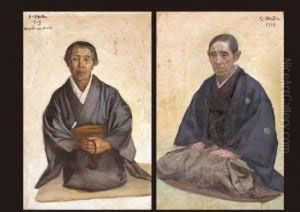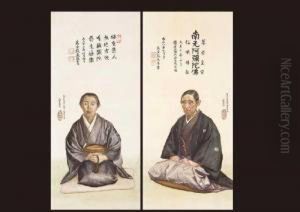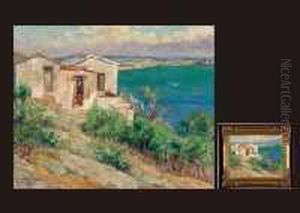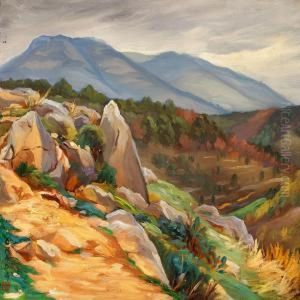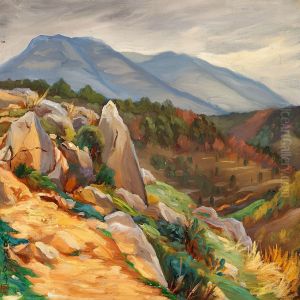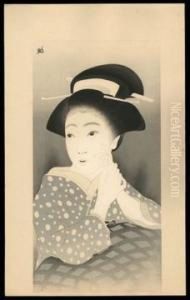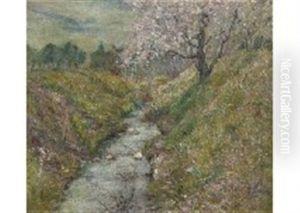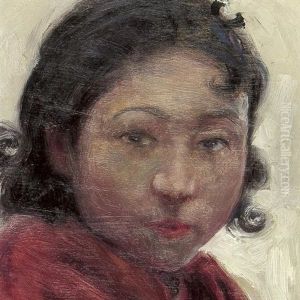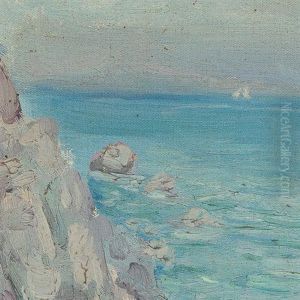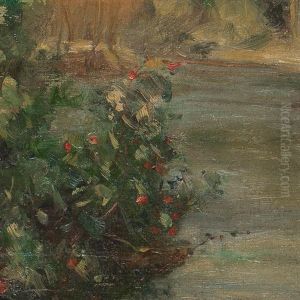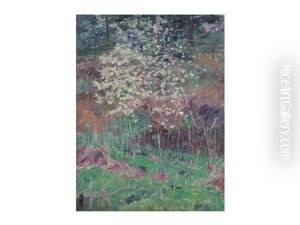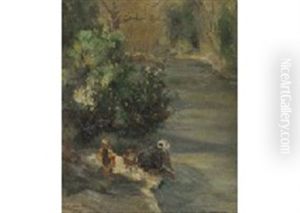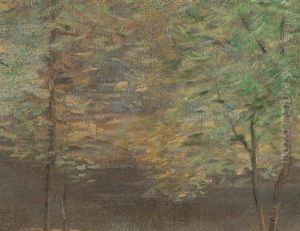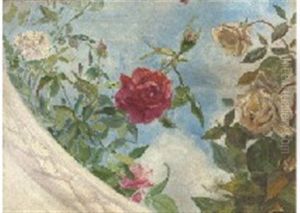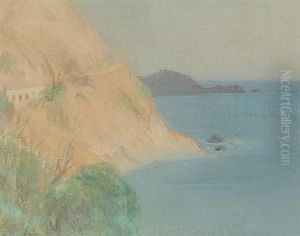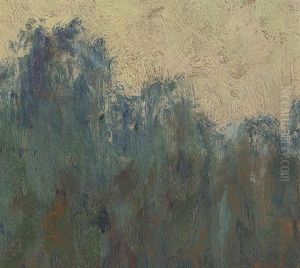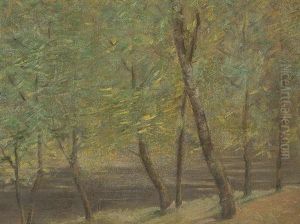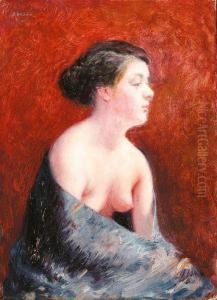Saburosuke Okada Paintings
Saburosuke Okada was a pivotal figure in the development of modern Western-style painting (Yōga) in Japan. Born in Asakusa, Tokyo, in 1869, Okada embarked on his artistic journey at a time when Japan was undergoing rapid modernization and westernization during the Meiji period. He initially studied Japanese-style painting (Nihonga) but later shifted his focus towards Western-style painting, which was gaining popularity in Japan as part of the broader Meiji government's efforts to modernize the country.
Okada's artistic career took a significant turn when he traveled to Europe in 1900, where he spent several years studying in Paris. This experience profoundly influenced his style, and upon his return to Japan, he became a leading advocate for Western-style painting. During his time in Europe, Okada was exposed to various Western art movements, and his work began to incorporate elements of Impressionism and Post-Impressionism, which were revolutionary at the time in Japan.
Upon returning to Japan, Okada took on multiple roles as an educator, painter, and advocate for Western art. He was instrumental in the establishment of the Hakuba-kai (White Horse Society), which was a pivotal group in the promotion of Western-style painting in Japan. Okada also served as a professor at the Tokyo School of Fine Arts, where he influenced a generation of young artists to embrace Western techniques and perspectives in their work.
Okada's own paintings are characterized by their vibrant use of color and light, often focusing on landscapes, still lifes, and portraits. His work played a crucial role in the acceptance and development of Western-style painting in Japan, bridging the gap between traditional Japanese aesthetics and Western artistic principles. Despite his embrace of Western techniques, Okada's work often retained a distinctly Japanese sensibility, reflecting the complex interplay of cultural influences that defined this period of Japanese art.
Throughout his career, Okada received numerous accolades for his contributions to Japanese art, including being appointed to the Imperial Art Academy. He continued to paint and teach until his death in 1939, leaving behind a legacy that shaped the trajectory of modern art in Japan. Through his pioneering efforts and dedication to education, Saburosuke Okada played a critical role in the integration of Western artistic techniques into Japanese art, making him a key figure in the country's modern art history.
